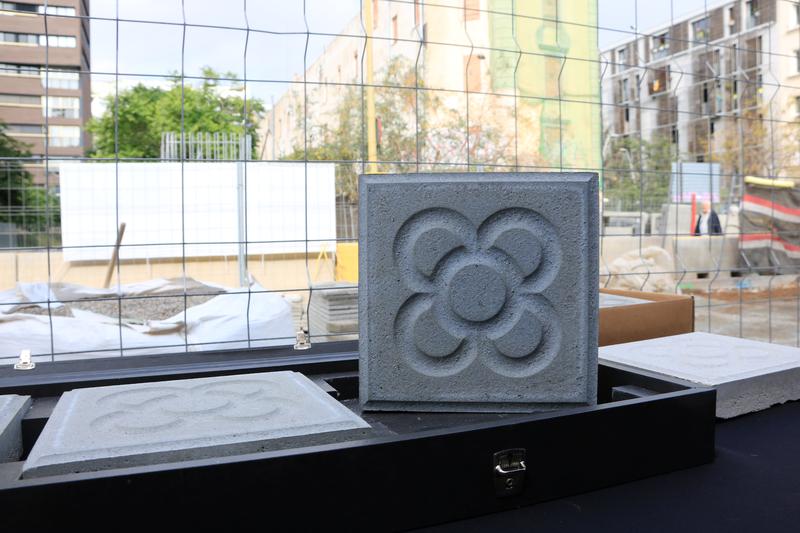Barcelona's famous tiles given 21st century makeover
Much-loved design remains but new panots will be more sustainable and reduce heat island effect

Barcelona's much-loved panot tiles are being given a makeover for the 21st century. The new more sustainable model retains the same look and will be assessed over the next year for everything from durability to how hard it is to remove sticky chewing gum from.
The panots of Barcelona, which have become a visual emblem of the city mainly because of the simple but iconic flower design, have not been reimagined since 1906, when they were first used to pave the streets of the Eixample district.
Now, Barcelona City Council has launched a year-long pilot program to bring the tiles into the modern era, with more sustainable and permeable panels along the green axis of Almogàvers Street, within the Poblenou superblock.
The performance of the tiles will be evaluated in a 2,500-square-meter area, with the aim of incorporating the lessons learned into new public work contracts.
The new tiles are made from recycled materials and retain the characteristic flower and grid designs.
They are expected to reduce the heat island effect, that is, the increase in city temperatures due to the heat generated by human activity, low humidity and buildings.
"The panot of the 20th century remains a resistant and durable solution, but we thought it was necessary to update it to face the challenges that the city has," said Deputy Mayor Laia Bonet at the launch of the new tiles on Wednesday in Almogàvers Street, where they have already begun to be placed.
From now until the end of the year, the city council will install three different new models of tiles in three parts of the city, from winning projects by Breinco, Constraula and Escofet.
Over the next twelve months, the tiles will be assessed for resistance, breakage, acoustic behavior, slipperiness, wear, color stability, as well as glare, durability, water filtration, and the ability to clean sticky chewing gum.